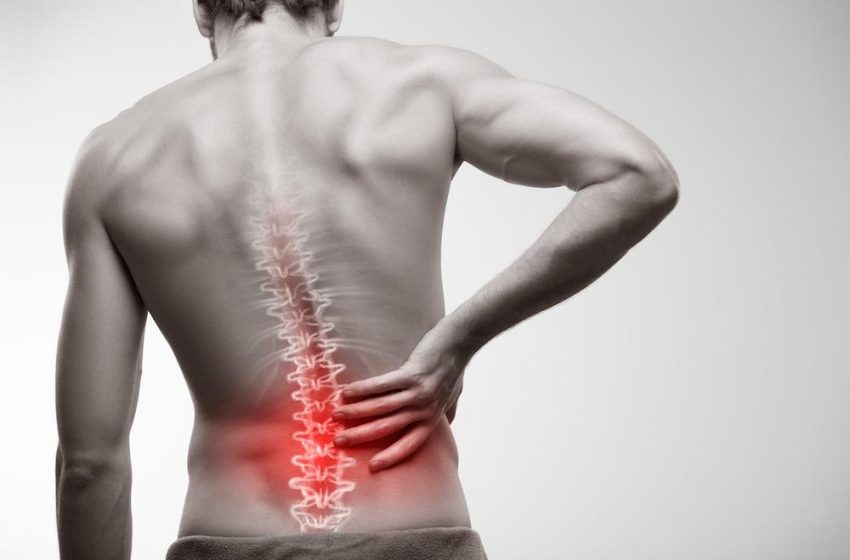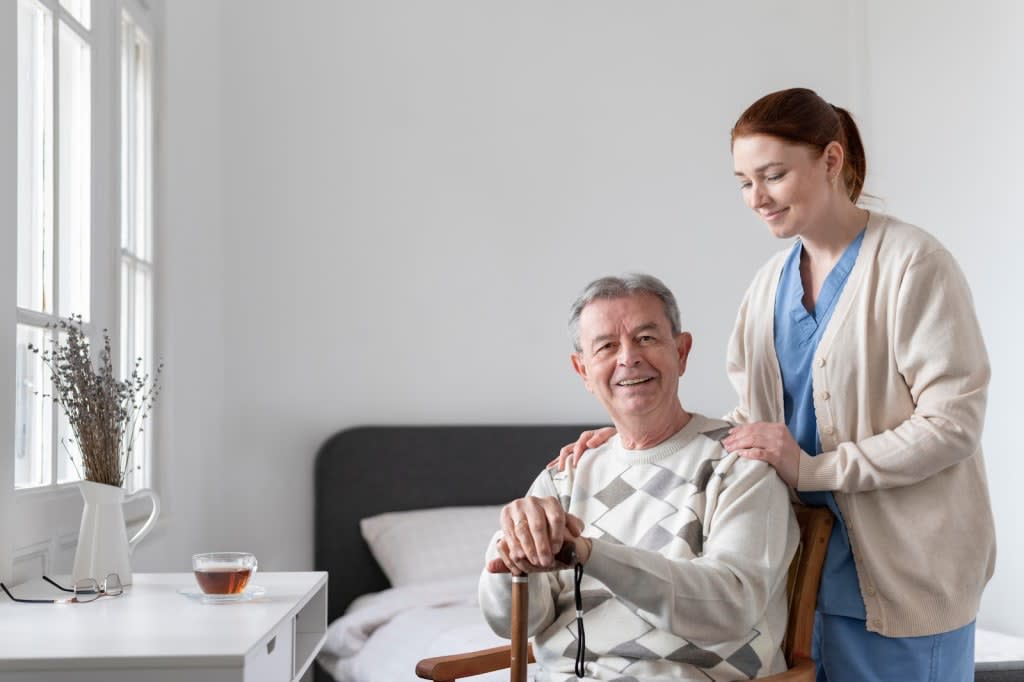Gender and Pain: Examining Disparities in Treatment and Experience

First of all,
Pain is a universal human experience, yet it is often perceived and treated differently based on gender. The way men and women experience pain, express it, and seek treatment for it can vary significantly. These gender differences in pain perception and management have been the subject of extensive research and debate in the fields of medicine, psychology, and sociology. Understanding these differences is crucial for providing more effective and equitable pain management strategies for all individuals. In this article, we will delve into the complex interplay between pain and gender, exploring the various factors that contribute to these differences and their implications for healthcare.
Gender Differences in Pain Perception:
Research suggests that there are significant differences in how men and women perceive and experience pain. Several studies have found that women tend to report higher levels of pain across various conditions compared to men. For example, a study published in the Journal of Pain Research found that women reported higher levels of pain intensity and unpleasantness in response to experimental pain stimuli than men. Similarly, another study in the Journal of Neuroscience revealed that women’s brains exhibited greater activity in regions associated with pain processing when exposed to painful stimuli compared to men.
These gender differences in pain perception can be attributed to a combination of biological, psychological, and sociocultural factors. For instance, hormonal differences between men and women, such as estrogen and testosterone levels, may influence pain sensitivity. Additionally, psychological factors such as coping mechanisms, emotional regulation, and pain catastrophizing may also play a role in shaping pain experiences differently across genders. Sociocultural factors, including gender roles, societal expectations, and healthcare biases, further contribute to the disparities in pain perception and expression.
Gender Differences in Pain Expression and Communication:
In addition to differences in pain perception, men and women also tend to express and communicate pain differently. Studies have shown that women are more likely to verbalize their pain and seek social support, while men may be more inclined to suppress or downplay their pain. These gender differences in pain expression can have significant implications for how pain is assessed and treated in clinical settings.
Healthcare providers may be more likely to take women’s pain complaints seriously and provide appropriate treatment, while men’s pain may be overlooked or dismissed. This can result in delays in diagnosis and inadequate pain management for men, leading to unnecessary suffering and poorer health outcomes. Moreover, societal expectations regarding masculinity and toughness may discourage men from seeking help for their pain, further exacerbating disparities in pain treatment.
Gender Bias in Pain Management:
Gender bias in pain management is a pervasive issue that can have serious consequences for patients’ health and well-being. Research has shown that women are less likely to receive adequate pain relief compared to men, even when they report similar levels of pain. This disparity in pain treatment can be attributed to various factors, including healthcare provider bias, diagnostic overshadowing, and stereotypes about women’s pain tolerance.
Studies have found that healthcare providers are more likely to attribute women’s pain to psychological or emotional factors rather than physical causes, leading to underdiagnosis and undertreatment of pain conditions in women. Moreover, women are often prescribed lower doses of pain medications and are less likely to be referred for specialized pain management services compared to men. This gender bias in pain management not only perpetuates inequalities in healthcare but also contributes to disparities in pain outcomes and quality of life.
Addressing Gender Disparities in Pain Management:
Efforts to address gender disparities in pain management require a multifaceted approach that addresses the underlying factors contributing to these inequities. Healthcare providers must be educated about the impact of gender bias on pain assessment and treatment and encouraged to adopt evidence-based practices that ensure equitable care for all patients. This includes using validated pain assessment tools, taking into account individual differences in pain expression and communication, and providing personalized treatment plans that consider the unique needs of each patient.
Moreover, raising awareness about gender disparities in pain management among the general public can help empower individuals to advocate for their own pain care and challenge stereotypes about pain and gender. By promoting open and honest communication about pain experiences and fostering a supportive healthcare environment that values and respects diverse perspectives, we can work towards reducing gender inequities in pain management and improving outcomes for all individuals.
In summary:
Pain is a complex and multifaceted phenomenon that is influenced by a variety of biological, psychological, and sociocultural factors. Gender plays a significant role in shaping how pain is perceived, expressed, and treated, with women and men often experiencing and managing pain differently. Addressing gender disparities in pain management requires a concerted effort from healthcare providers, policymakers, researchers, and the general public to challenge stereotypes, biases, and systemic barriers that contribute to inequities in pain care.




